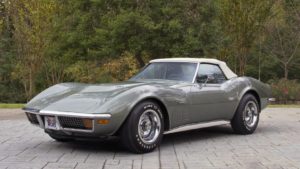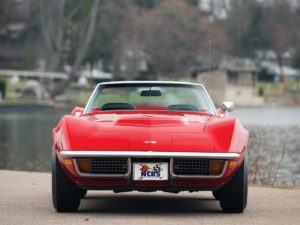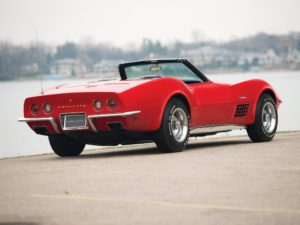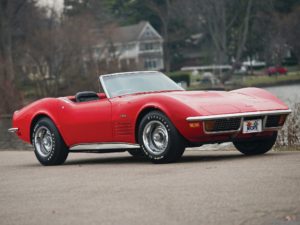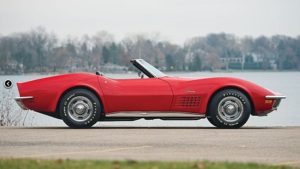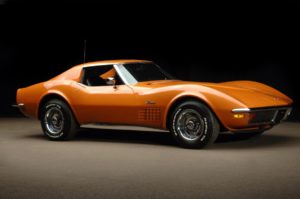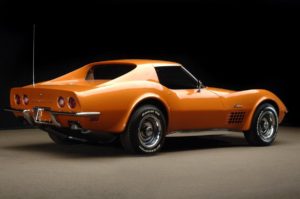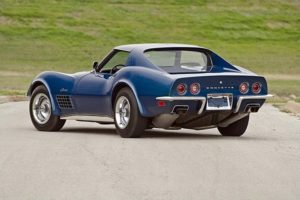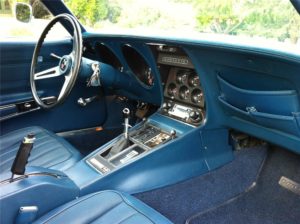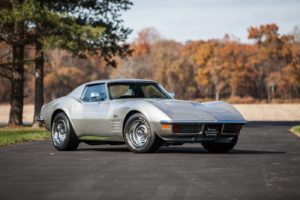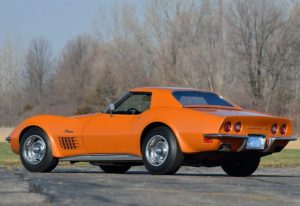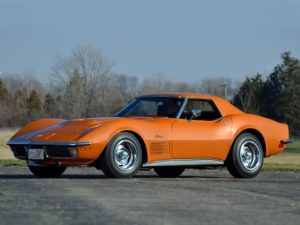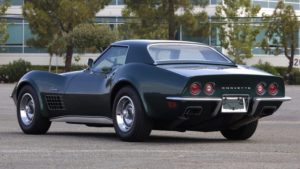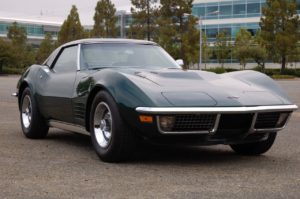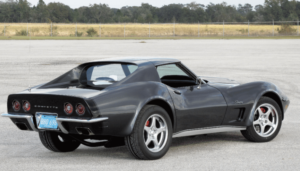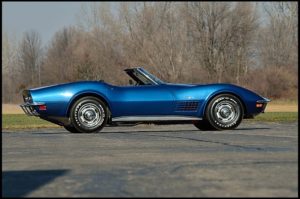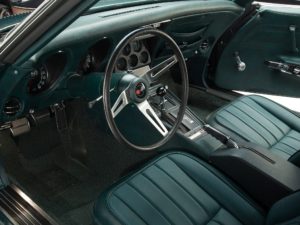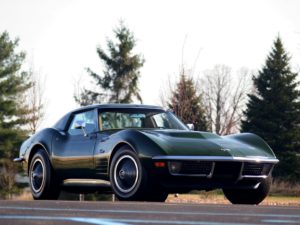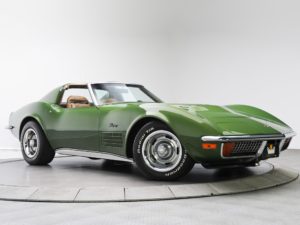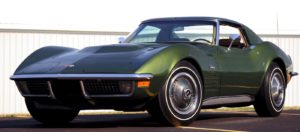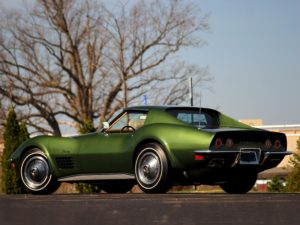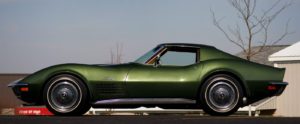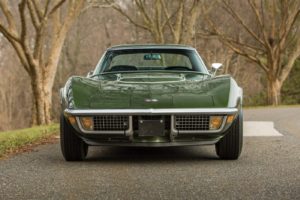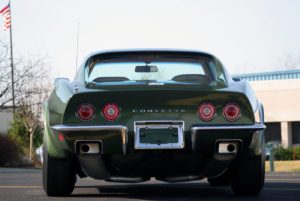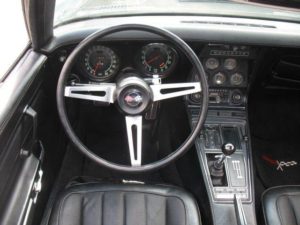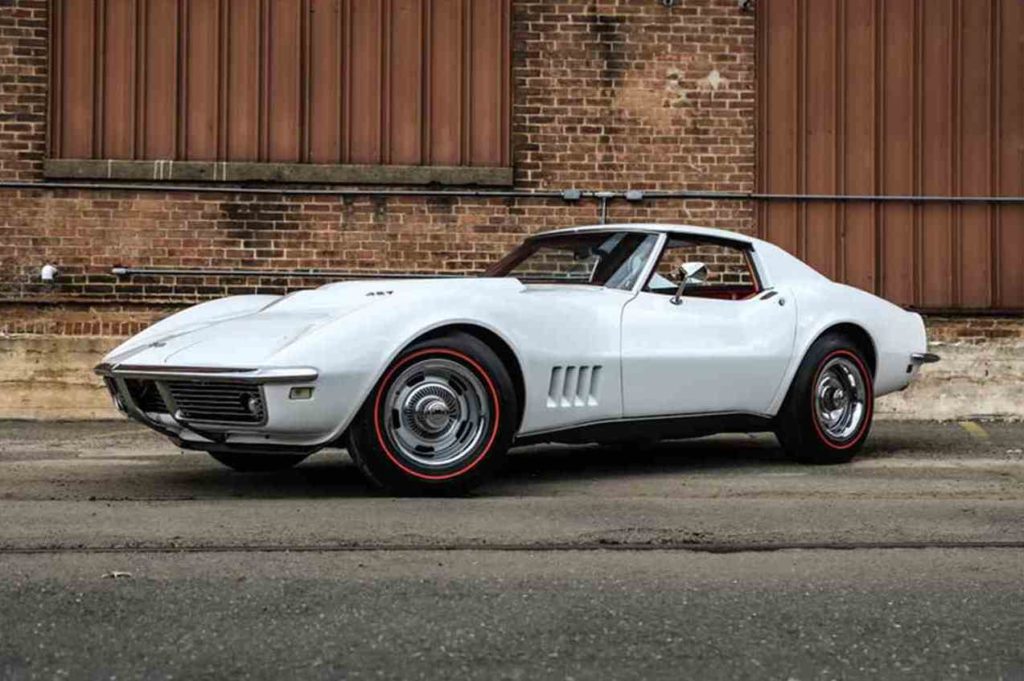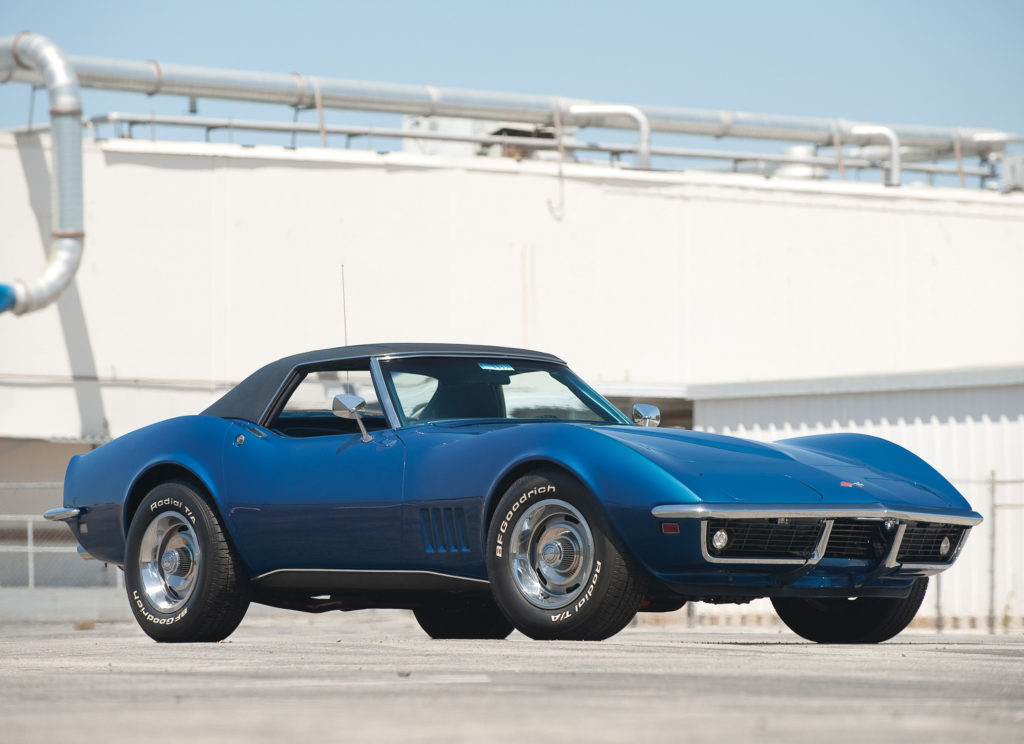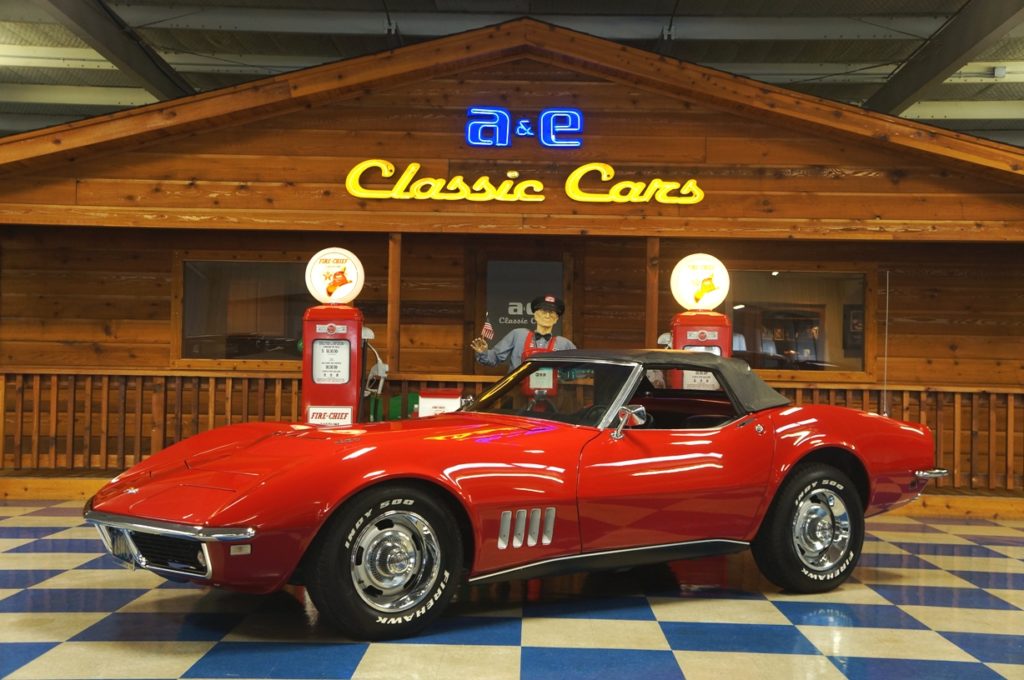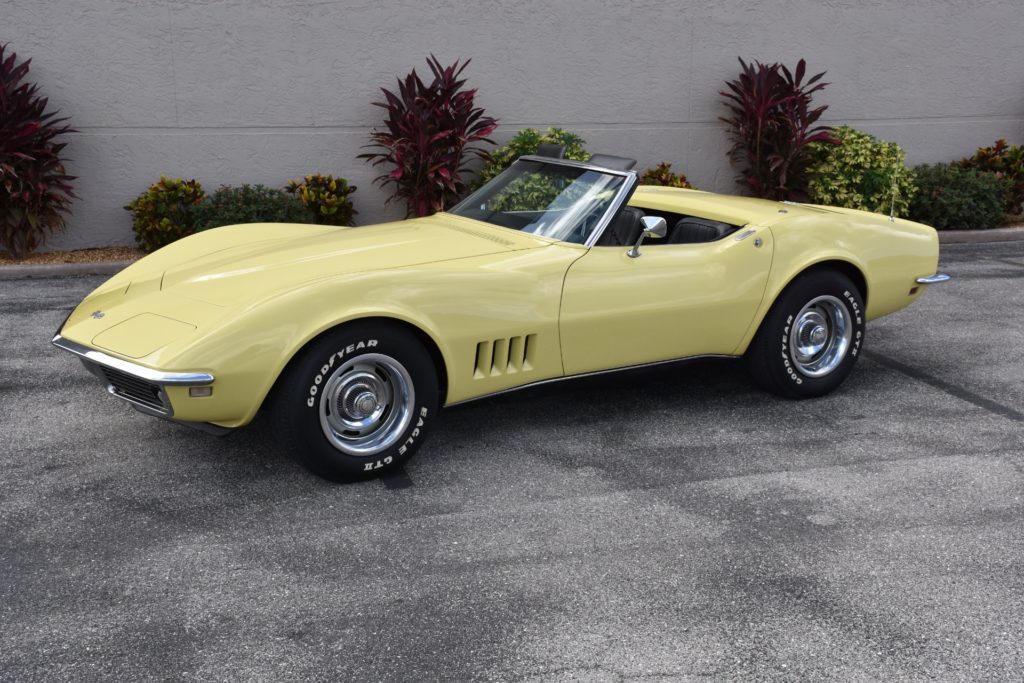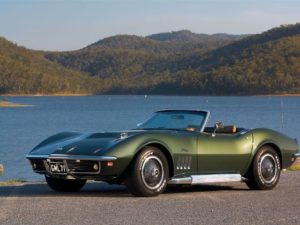
The 1969 Chevy Corvette arrived on the coattails of critics who had been anything but kind to the inaugural C3 Corvette just the year before. Although the overall tone of the critics was marginally more positive by the end of the 1968 model year, GM recognized that there was still a way to go to fully win over the same people who were so quick to tear the Corvette apart.
Still, critics had appreciated some of the design changes that had been made in the third-generation Corvette over the earlier C2’s, even though the second-generation Corvettes had been so well-loved and so widely received. For one, the 1968 Corvette had featured stiffer springs, and been fitted with wider wheels that had improved handling. For another, Chevrolet had made the right decision to replace the old Powerglide automatic transmission with the vastly superior Turbo Hydra-Matic.
Pricing: $4,781.00 (Coupe), $4,438.00 (Convertible)
Engine options: 350ci – 300HP Engine (standard), 350ci – 350HP Engine, 427ci – 390HP Engine, 427ci – 400HP Engine, 427ci – 430HP Engine, 427ci – 435HP Engine
Transmission: 3-speed manual (standard), 4-speed manual (optional), 3-speed Turbo Hydra-Matic automatic (optional)
Top speed: 126mph
Units produced: 38,762
Available colors: Tuxedo Black, Can-Am White, Monza Red, LeMans Blue, Riverside Gold, Fathom Green, Daytona Yellow, Cortez Silver, Burgundy, Monaco Orange
Highlights of the year:
The exterior alterations were mostly minor, with one obvious exception – the return of the Stingray designation (now one word instead of the former “Sting Ray” found on Second-Generation Corvettes) over the car’s front-fender louvers. The all-welded, 5-cross member, ladder-type, the steel-reinforced frame was “stiffened” in an effort to reduce body shake and vibration. The exterior door handles were changed from the conventional door grip with thumb button to a single-piece door lever that was depressed as the door was gripped during opening.
Like the 1968 Corvette before it, the 1969 Corvette also featured a number of standard body features – the most obvious being the same corrosion-proof fiberglass body that had been a trademark of the Corvette since Harley Earl envisioned used FRP (Fiber-Reinforced Plastic)/fiberglass on the 1953 prototype. It also featured steel-reinforced body sills, door hinge pillars, and lock pillars, plus lateral steel cross-member integrating front pillars.
The coupe also featured supporting members that enclosed the passenger compartment with protective steel framing. All of this structural steel was specifically laid out to ensure that the occupants of the Corvette were well protected, even when the drivers were “exposed”. The Corvette convertible added the additional amenity of a fold-down top that stowed away beneath a double-locking, spring-loaded cover panel
Beyond those referenced above, the 1969 Corvette featured an extensive array of additional safety features specifically designed to protect both the occupants of the car as well as the car itself. In the event that the Corvette were to be involved in a collision, engineers had equipped the new Sting Ray with an energy-absorbing steering column, seat and shoulder belt restraints, an energy-absorbing instrument panel, padded sun visors and a reduced-glare instrument panel for improved visibility during night driving. To protect the car when its occupants were absent, an anti-theft ignition system was installed featuring anti-theft steering and transmission locks, and an anti-theft ignition key warning buzzer that would sound whenever the keys were left in the ignition cylinder.
While aesthetics and safety were being improved upon by the Corvette’s body designers, its mechanical engineers were likewise making alterations to the car’s engine and drivetrain assemblies. While some of these changes were directed by the aforementioned feedback that Chevrolet had received on the 1968 model, many others were the direct result of the federally mandated emissions control standards that had been introduced the previous model year.
Corvette could accelerate from zero to sixty in less than six seconds and could manage a quarter-mile in under fourteen seconds.
Despite these impressive performance numbers (for its time), there were two new performance options for 1969 that further improved Corvette’s performance.
The first was an entirely new big-block engine option which was even more powerful than anything that had come before it. Designed RPO ZL1, this production option fitted the 1969 Corvette with an all-aluminum 427C.I. engine block that featured dry-sump lubrication and weighed 100 pounds less than the L-88 engine.
This ultra-high-performance 427C.I. engine was developed by McLaren for use in the SCCA’s Canadian-American Challenge Cup Series racing and was rated somewhere between 560 and 585 brake horsepower, although the rating was denoted as the 430-bhp rating as the L88 engine
It’s very evolution skirted on violating the AMA (Automobile Manufacturers Association) racing ban that Chevrolet had openly participated in since 1957
The second performance option that was developed was listed as an option in 1969, though it did not become available until 1970 as a direct result of development and manufacturing problems.
Zora Duntov, who had always been a proponent of extracting horsepower out of any engine, had returned to work on the small-block, and the result was a special solid-lifter version of the new, 350 cubic inch engine.
The engine, which was listed as RPO LT1, was the genesis of Duntov’s longtime goal of minimizing weight in a performance car that continuously grew heavier with every new creature comfort that was added to its design. Unlike other small block engines, the LT1 had more radical cam overlap.
Despite the improvements that were made to the 1969 Corvette, some critics continued to take issue with the Stingrays “dismal build quality, styling eccentricities, and overall lack of finesse.”
However, the criticisms did nothing to deter consumers from purchasing it. In 1969, sales took a vertical leap, increasing by more than 10,000 units to a total of 38,762 Corvettes sold that year.
Of those sold, 22,129 were coupes, which had a base price of $4,781. The convertibles, on the other hand, accounted for 16,633 units with a base price of $4,438.
It was a Corvette sales record that would not be topped again until 1976, although some argue that the only reason that the 1969’s sales numbers were as high as they were was the result of a UAW (United Auto Workers) strike which forced a two-month extension of the 1969 production run into the start of the 1970 model year.
Photos of the 1969 Corvette:
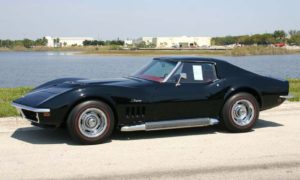
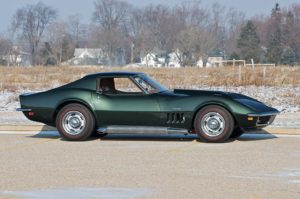
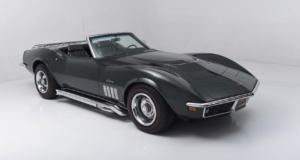
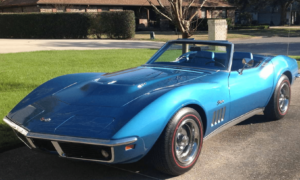
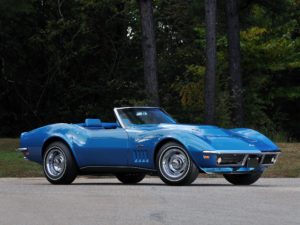
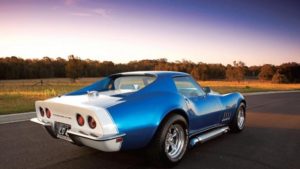
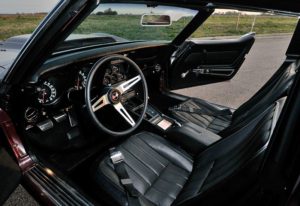
Sources:
https://www.corvsport.com/1969-c3-corvette/
https://www.corvsport.com/1969-c3-corvette-gallery/
https://co.pinterest.com/pin/6614730684070336/
